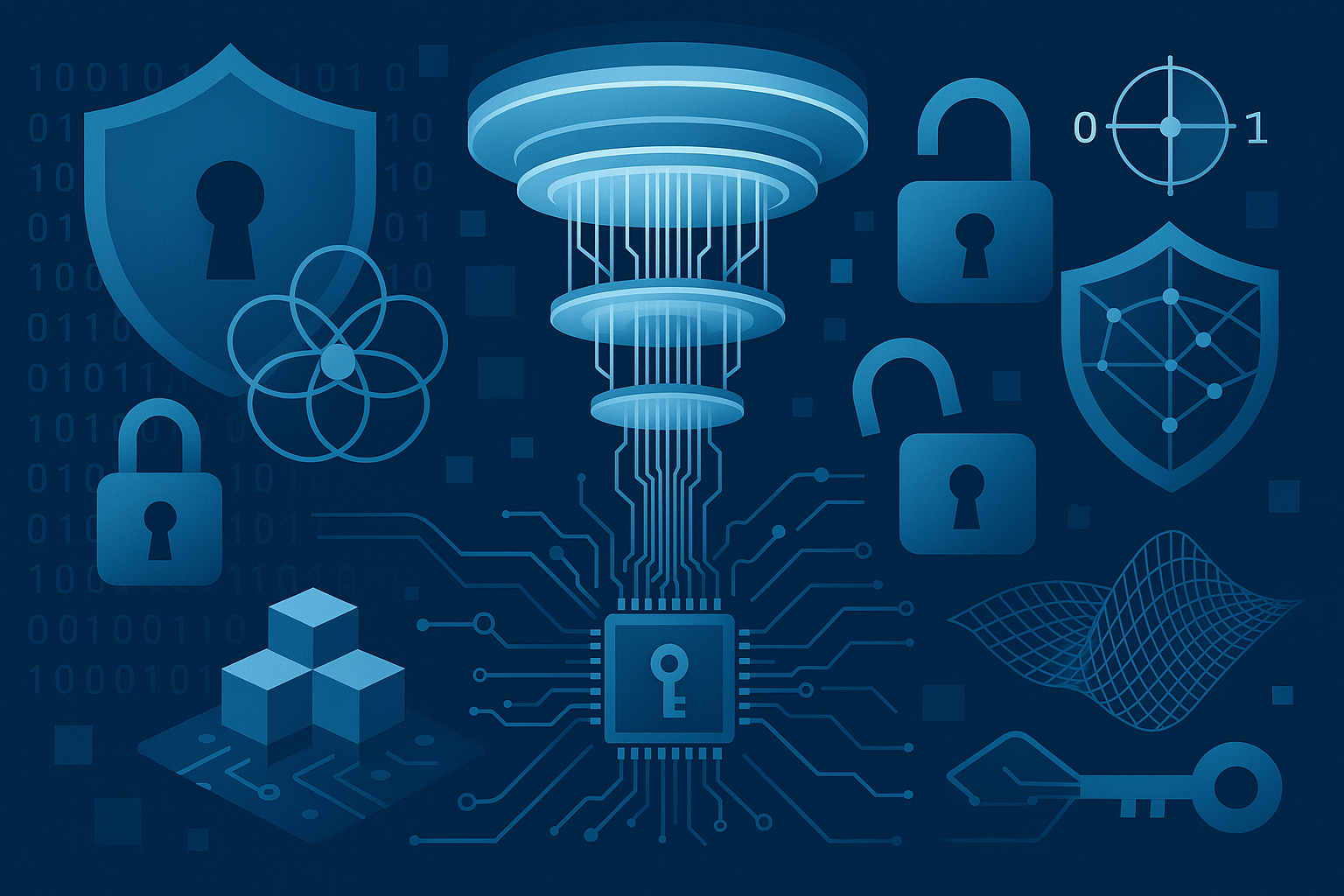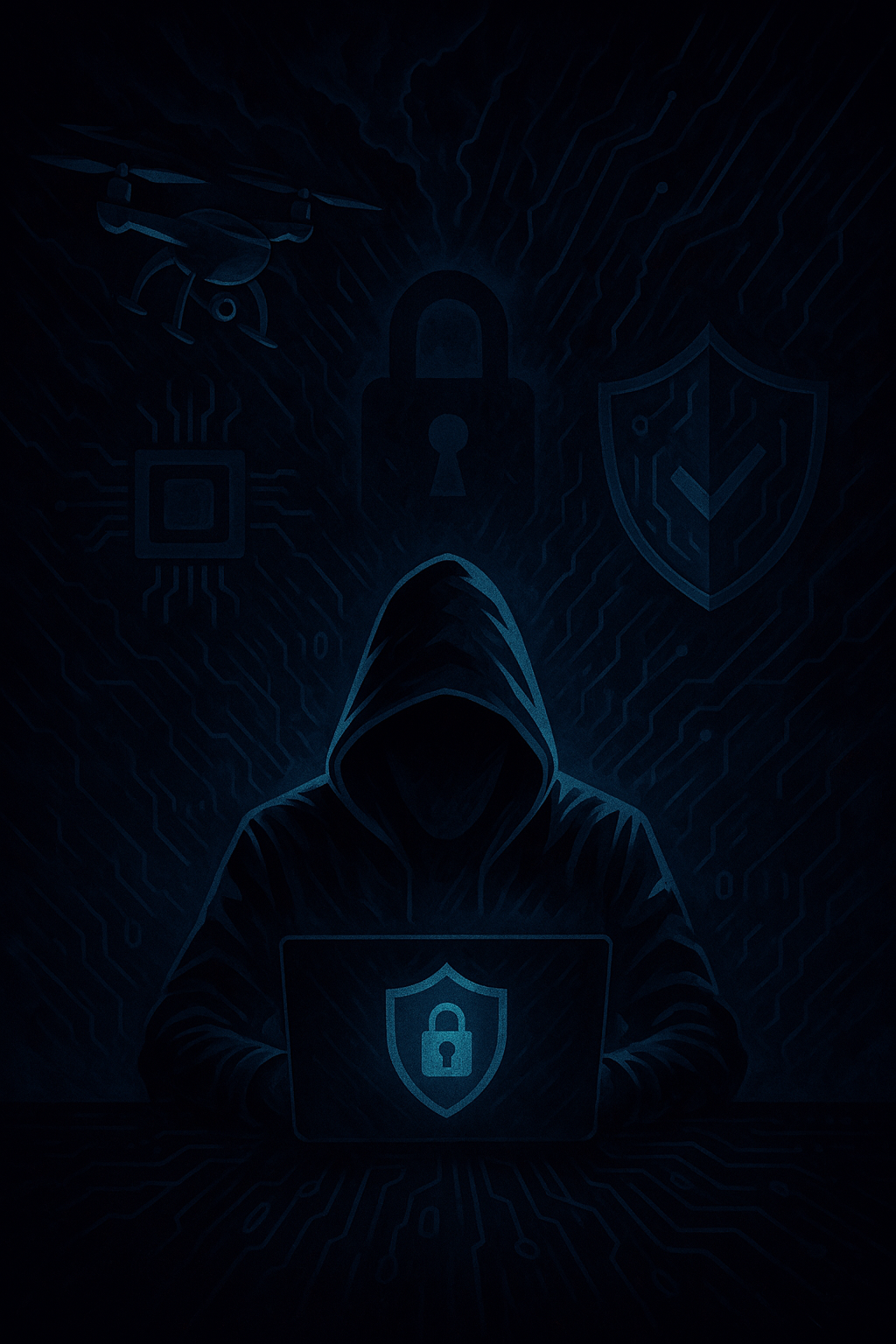Tag: CTI
-
Beware of the Tax Trap

It’s that time of year again, tax season, and if you are anything like me and most of my friends who keep saying “I need to file my taxes” all the way until April 14th, you know that day is here. Don’t worry, millions of Americans are scrambling to file their 2024 returns before tomorrow’s… Read more
-
A Seismic Shift in Cryptography and Cybersecurity

The field of cybersecurity is staring down the barrel of a fundamental shift in how we look at security and encryption, and quantum computers are holding the business end of this particular boom stick. A computer’s thought process will run in the binary code known as bits, where 1s and 0s are processed in order.… Read more
-
Future Advancements Call for Future Defenses Today

The days of “Password12345” have been long gone, but what about something more complex? Most websites, and applications require that your password contain a certain complexity such as a special character, a minimum length, and a number i.e. “Pa$&w0rd12345islong!”. However, we have all done it before; you forget your password to an account, or maybe… Read more
-
From 4chan Trolling to Hacktivism

2003: Origins on 4chan Before the online collective of Hacktivists came to be known as Anonymous, their beginnings could be traced to a group of internet trolls on the once popular imageboard website, 4chan. It was here that users would conglomerate and share images alongside the infamous “Green Text”, comments saying any number of vicious… Read more
-
Click Here! Malvertising and its Effective Manipulation

“WARNING! Your iPhone is infected with virus and immediate urgent action is required!” – this was the pop-up that displayed itself on the face of Andrew Reed’s phone. A pop-up that was invoked because of an unintentional click to a website link that was displayed at the top of Google’s search results for “Cookie Recipes”.… Read more
-
Russia’s Persistent Threat to Cyberspace

Evidence from 2017-2025 Recently, there has been a surprising question circulating: ‘Is Russia a threat to the United States?’ The short answer is yes, and we will explain why—starting with the history of attacks carried out by Russian threat actors. In May 2024, a Russian-linked ransomware attack paralyzed a major U.S. energy provider, plunging thousands… Read more
-
Is DeepSeek Lying to You? Unmasking the AI’s Data Deception

In the world we live in today, where Artificial Intelligence is gaining more prevalence in usage among the average user, trust is a subjective case in which one needs to maintain discipline & cordiality. DeepSeek is an AI platform that originated in China and has obtained a mass following in popularity with people around the… Read more
-
How the Mexican Drug Cartels Relate to Cybersecurity

Mexican drug cartels have adopted the same diversification strategies as successful business moguls like the investors of Shark Tank to safeguard their empires. They have ventured into 21st-century cybercrimes, including phishing, vishing, ransomware, and pig butchering scams. These Mexican cartels utilize both traditional fiat currencies and cryptocurrencies to conduct their illicit activities. The cartels have… Read more
-
Beware of the Toll Lane Fee Text Scam

In an increasingly digital world, scams are becoming more sophisticated and challenging to identify. From Postal Service smishing attacks to IT helpdesk vishing attacks, it has been nearly impossible to keep track of what is real and what is indeed falsified. As the start of the year unfolds, threat actors have rotated slightly to target… Read more
-
Bear in the Cyber Den

RUSSIA’S FANCY BEAR STRIKES AGAIN, AND WHY THIS IS JUST THE BEGINNING In recent months, the cyber threat landscape has been dominated by headlines in the cyber world, talking about a Fancy Bear. You might be asking yourself, “Who is this bear? What makes the bear fancy? Why is there a bear working with computers?”… Read more
